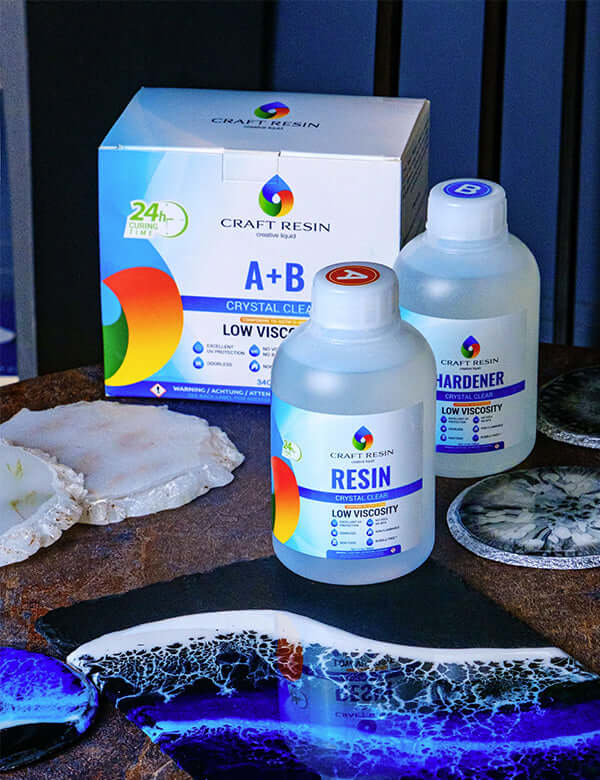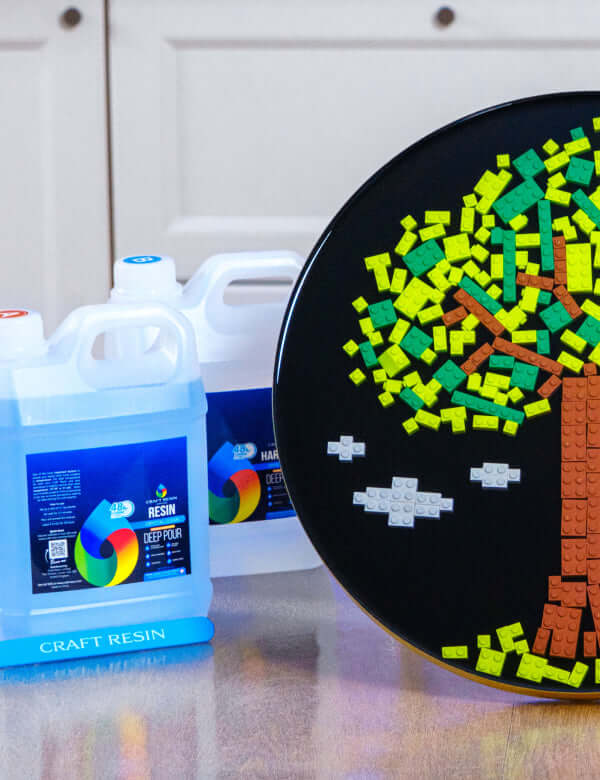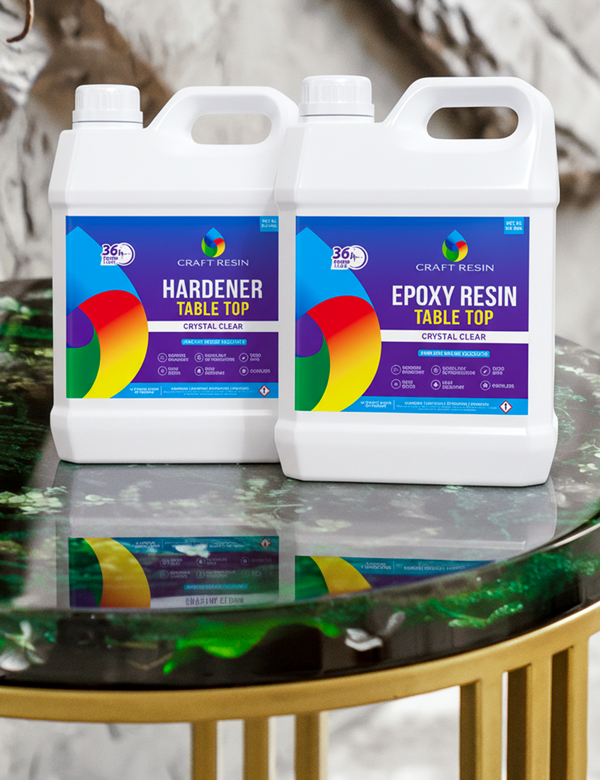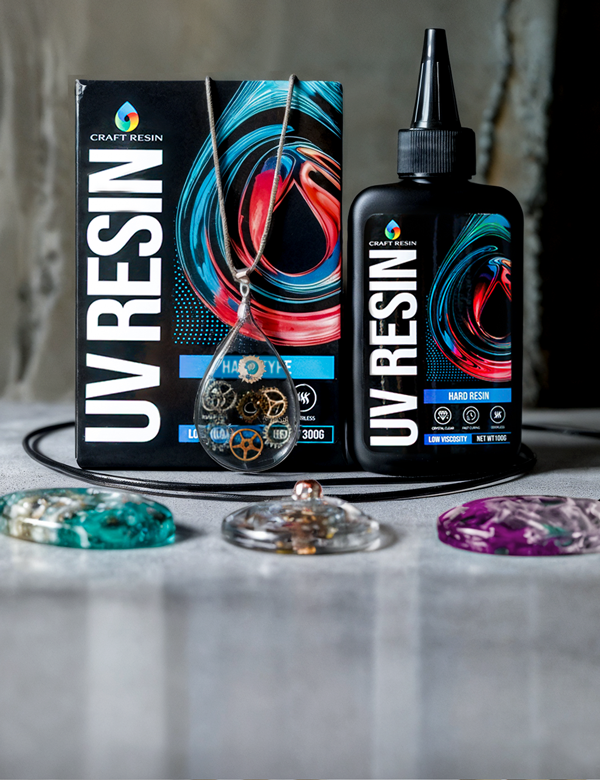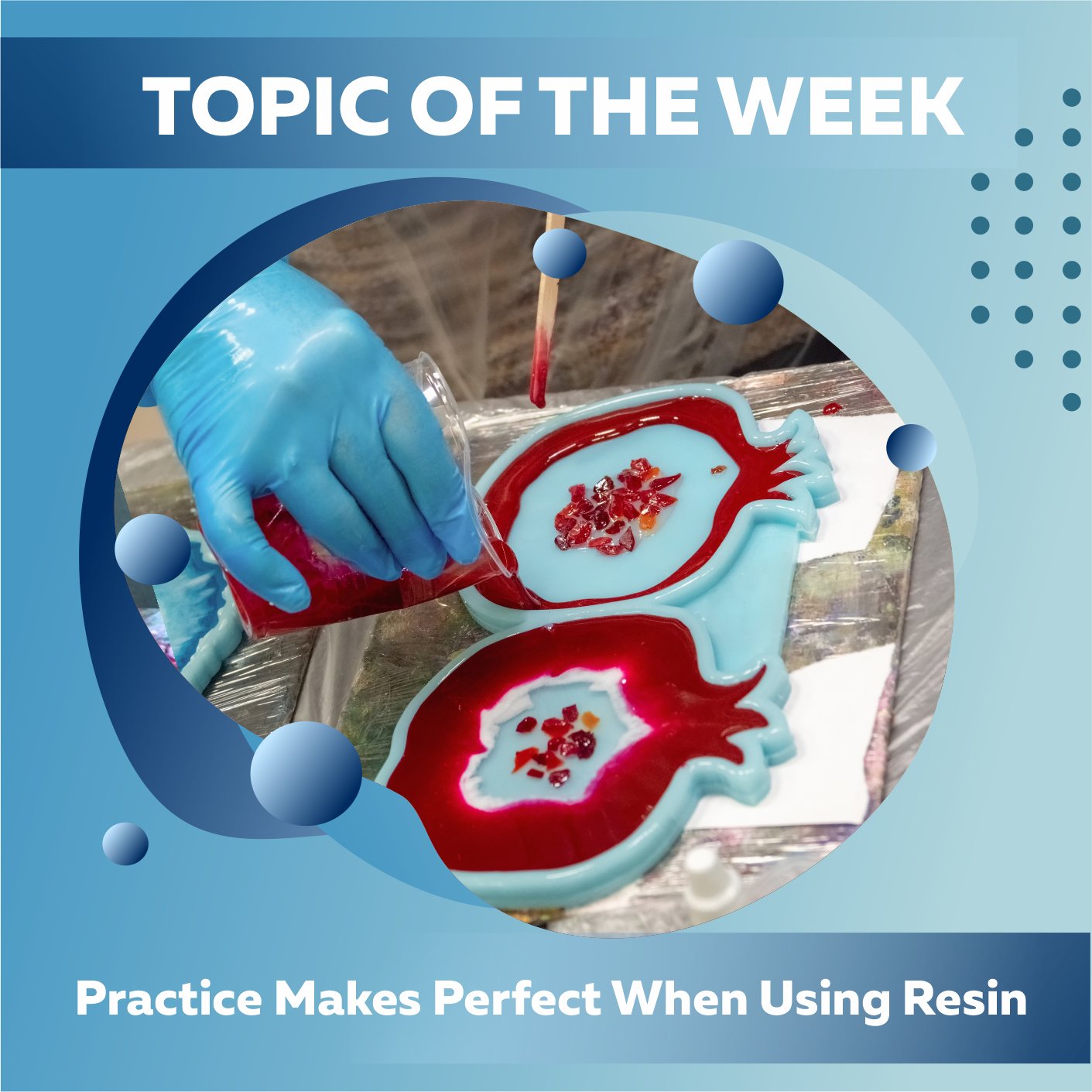When advertising our epoxy resin and hardener, we emphasize how simple they are and how even inexperienced users can get professional results immediately.
But...
Several elements may go wrong while working with crystal epoxy resin for crafting, including your level of crafting expertise, ability to follow instructions, and environmental conditions you may not have thought about.
We understand how frustrating it can be to start something and not have it turn out exactly how you envisioned it, especially if you've seen some other people's works that are the most stunning epoxy resin projects and wondered, "Why the heck can't I produce like they have!?"
Go back and dispassionately examine your progress in the resin world; someone else may have begun making things years before you. Who knows, maybe their early efforts were even less successful than yours.

Understanding what to look out for and how to prevent some of them will ideally reduce the time you need to practice, which can be quite irritating when first beginning to work with our resin.
Prepping:
Indeed, planning is required before the creative process. You should have everything you'll need together and close at hand, set up your workspace and cover it in case of spills, and get the temperature ready (we'll get to the temperature in a second).
The average Craft Resin working time is between 40 and 50 minutes (depending on various factors). There isn't much time to utilize the resin, so you'll need everything handy. For example, you shouldn't run about quickly looking for a mold or a cloth while the resin is sitting there.
Maintain a safe and spotless environment in which to operate. Carpets, tables, and other surfaces should be protected since resin is extremely fluid and easily spilled. Because of the ease with which dirt, dust, pet hair, and bugs may adhere to resin, it's important to take precautions to prevent them from entering your work.
Make sure you take precautions as well; if the place you're working in lacks adequate ventilation, a face mask or respirator may be necessary, so wear a plastic apron and spare gloves just in case.
See what tools you'll require by reading our Equipment Blog.
Temperature:
The temperature of your working environment is a component that many people neglect to consider when setting up their workspace, despite the fact that it may significantly impact how successfully your job is completed. While working with resin, problems might arise if the environment in which you are working is too cold; the projects may take longer to cure or not cure at all.
Be sure that the temperature in your workplace is between 21 and 24 degrees Celsius (70 and 75 degrees Fahrenheit) and remains in this range throughout the first 24 hours of the curing process.
Since humidity can also play a role in problems, if you have any reason to believe that there may be humidity-related problems in your workstation, you should consider purchasing a humidity gauge and keeping track of the readings. If you can maintain a humidity level that is below 75%, you should be OK. But, if you can maintain a humidity level that is even lower than that, that would be perfect.
Measuring:
As a company, Craft Resin has found that the measurement phase is when most of our customers go wrong. There's a problem, though, because different types of resin require varied ratios of resin to hardener.
For example, if you have 50 ml of our brand's resin, you'll also need 50 ml of our hardener. The chemical reaction (exothermic reaction) and the curing/hardening of the resin require a balance between the two components, which is achieved when the volumes are equal.
Mixing:
When you have ensured that your measurements are accurate, the next step is to combine the resin and the hardener. Just pour them both into the same container and then combine them in a steady and controlled manner. When you mix anything slowly, fewer bubbles will form, and you'll also be able to guarantee that you're mixing it completely by scraping the sides and bottom of the container as you go. This will ensure that the entire mixture is well combined.
You need to make sure that you mix the ingredients of the craft resin starter kit for at least five minutes, so make sure that you set a timer and do your best not to fall below this. You can mix for longer than this; some individuals do so for five to seven minutes. Determining how long you need to mix will need some trial and error; however, as you continue to work on more and more projects, you will find the mixing time that works best for you.
Pouring:
Another common blunder people make while pouring resin mix is scraping the edges and bottom of the mixing containers. The problem with this method is that unmixed resin can still make its way into your completed pour, which can lead to uncured spots. Leaving the scraping of the bottom and sides until the end of the pour is the best course of action.
Curing:
This stage should be the easiest; you only have to wait for the resin to cure and firm. Yet, like a moth to a flame, the desire to touch, move, or tamper with your resin creations as they cure is quite powerful.
Please, we ask all of you to try not to touch your work while it is in the process of curing, as problems might arise, and you could end up ruining all of the hard work you have already put into creating anything with resin.
As the name of this blog post implies, experience is indeed the best teacher when it comes to working with epoxy resin.
You will make more mistakes as you experiment with resin, techniques, and new projects, but you will also learn more quickly and develop your own unique style.
If you want to get good at working with resin, you have to dive in and try it again and over again.
In conclusion, just because you don't find this particular work of art to be the pinnacle of human achievement doesn't imply that someone else won't. Who sees your work and how they see it makes all the difference.
Self-criticism on the part of artists is common and often a sign that they care about their work, but it also means that you, the artist, will always be your toughest critic. The minor flaws that bother you so much will likely go unnoticed by everyone else.

If you're still nervous about starting to work with resin, maybe the information above has helped ease your mind. If so, go out and pick up an epoxy resin beginning kit and start experimenting right now!
Giveaway About The Subject Of The Week:
On our Instagram platform, we have joined these announcements of the Topic Of The Week with a giveaway. Not only is this assisting us in further disseminating the knowledge of how to use epoxy resin, but it also provides the opportunity for anyone who helps us share this information to win free resin and mica powders.

To participate in the weekly giveaway, please see the most recent post with the hashtag #CRWEEK8 on our Instagram feed or highlight reel, and then proceed to complete the steps outlined below:
Team Craft Resin

